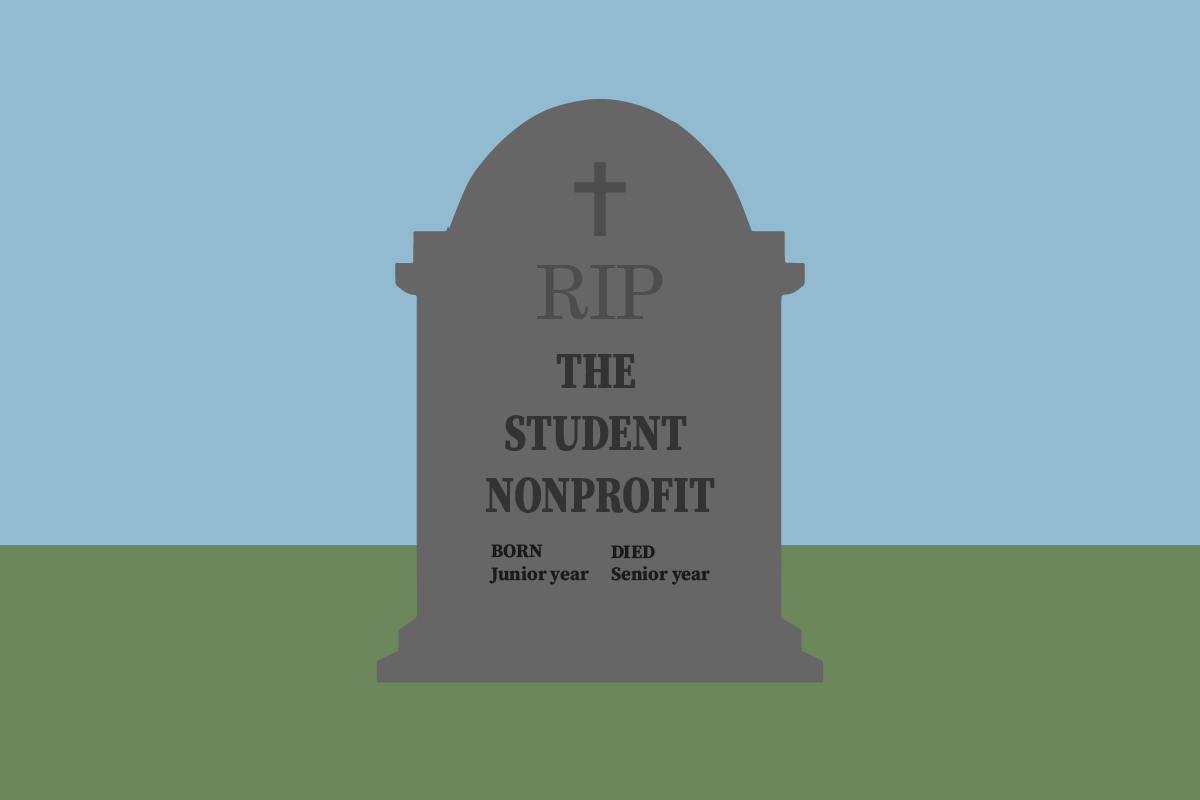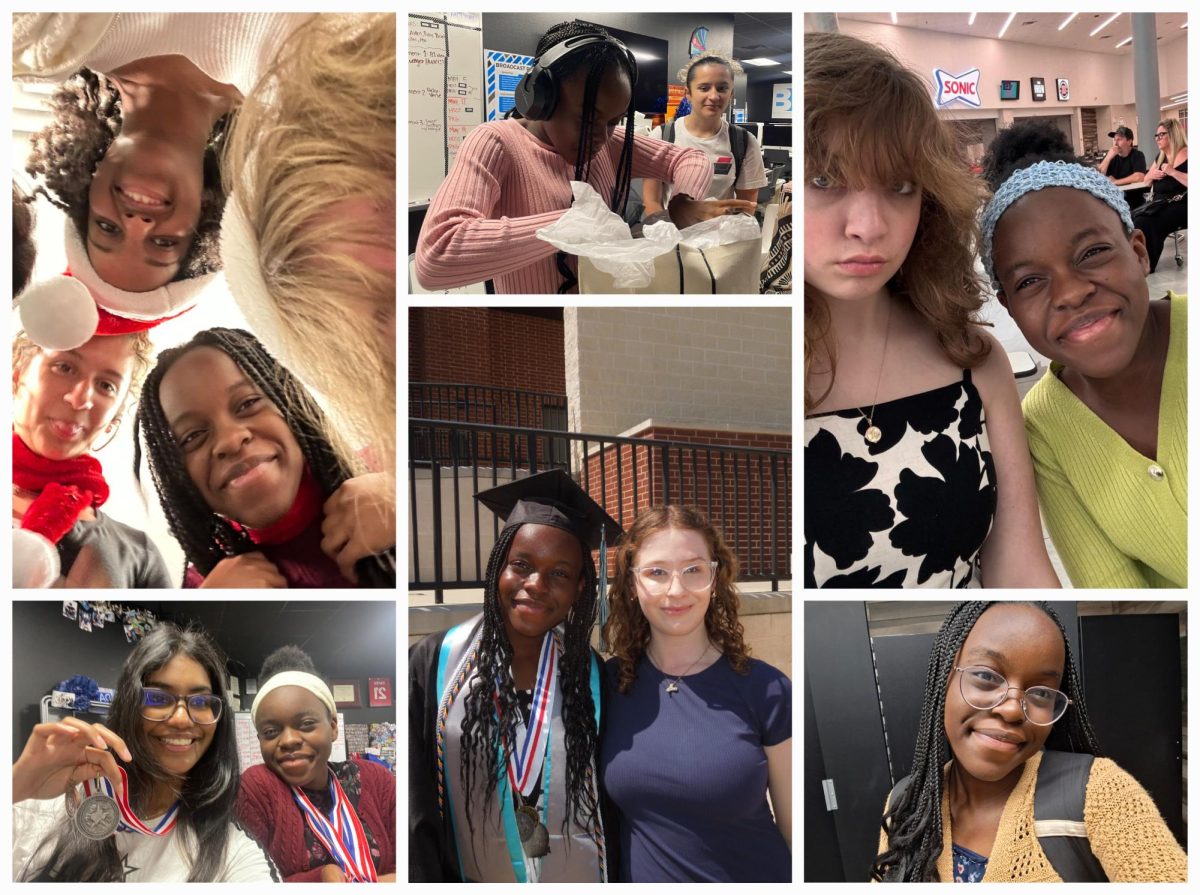Step 1: Pick a socially acceptable cause—climate change, educational equity, mental health awareness, something broad enough to sound important but vague enough to require minimal effort.
Step 2: Make an Instagram page and a website with a .org domain.
Step 3: Host an interesting meeting and a single fundraising event, preferably with a guest speaker.
Step 4: List yourself as Founder & President on every college application (and your LinkedIn).
Step 5: Toss it aside the moment acceptance letters roll in.
If this sounds familiar, it’s because it is. As the pressure of prestigious college admissions intensifies, the student-run nonprofit has become a staple in the high school hustle, more about boosting college applications than creating real impact.
On the surface, these efforts seem admirable—a sign of leadership, initiative, and social responsibility. But in many cases, these organizations either do virtually nothing or barely last beyond the application deadline (est. junior year, R.I.P senior year).
When social causes become little more than strategic stepping stones, the integrity of nonprofit work is compromised. Instead of addressing real societal needs, many student-led nonprofits chase trending topics (and sometimes pair them with a niche one) not out of genuine passion, but because these are the causes they believe “sell” well to admissions officers.
This results in tokenism. A student might launch a nonprofit to combat poverty, but beyond a few fundraising drives and Instagram infographics, the organization fades into irrelevance. The cause itself becomes secondary to the student’s personal aspirations, reducing activism to a performance. Worse yet, this undermines the credibility of student-led initiatives that are genuinely trying to make a difference, as admissions officers and the public alike are becoming skeptical of the authenticity behind these efforts.
Despite questionable motives, it’s true that even short-lived nonprofits can create some level of positive change. A one-off donation, an awareness campaign or a small community project—however brief—can still benefit someone. The issue, however, is sustainability. Impact should not be measured by whether a nonprofit does just something but by whether it builds a foundation for ongoing, meaningful change.
This distinction is key. A genuine nonprofit works toward long-term impact and community engagement, not just visibility. The problem with these quick, résumé-driven projects is that they distract from established organizations that have the track record and resources to create lasting change. When donations, volunteers, and attention get spread across many short-lived student-run nonprofits, less goes to the groups that have the staying power to make a real difference.
Rather than using nonprofits as a way to pad résumés, students should be encouraged to pursue real change, not just the appearance of it—whether that means supporting existing organizations, volunteering consistently or working on projects that outlast a college application cycle.
It’s easy to start something. It’s much harder to follow through. Until the academic system values authenticity over empty achievement, the “nonprofit playbook” will remain just that—a formula, rather than a force for change.














